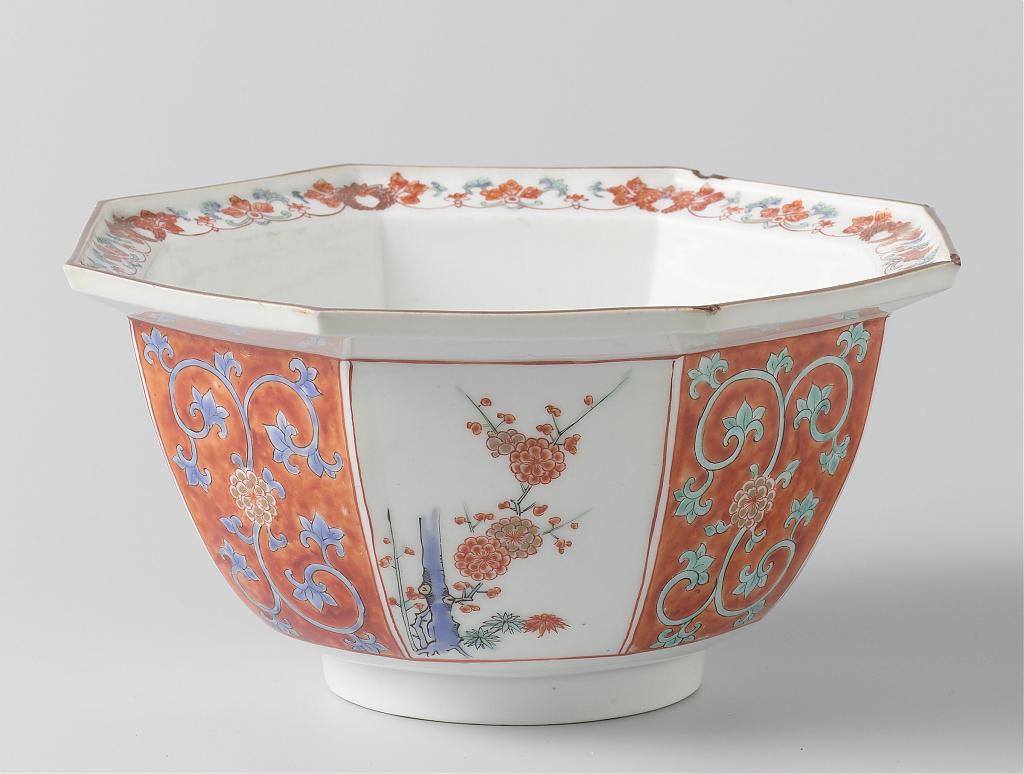“If we didn’t all smoke a pipe, if it were not for tobacco, we would never get along together.”
Those were the words of Japanese potter, ceramicist, and former Living National Treasure Sakaida Kakiemon XIV (14代酒井田柿右衛門, 1934–2013). They were introduced to me by translator Gavin Frew. He contacted me in response to the article The Way of the Kiseru, about the Japanese pipe and related tobacco culture.
Gavin specializes in translating Japanese art, history, religion, and culture. He has translated several books and has worked with many major museums in Tokyo. In his work The Art of Emptiness there is a brief reference to smoking the kiseru.
The book is basically a monologue by Kakiemon. In the very first chapter of the book, the potter talks about smoking the kiseru. He also touches upon the rhythm and timing of smoking, something I briefly mentioned in my article.
It is a wonderful little piece, so I wanted to share it with you as a bonus article:1
I don’t know when I first started to smoke, but now I smoke my pipe all the time… I was cleaning it just now and it was full of tar. Nearly all the craftsmen at our kiln smoke Japanese-style pipes; the same is generally true of carpenters and other manual workers. This is shredded pipe tobacco. You can still buy it, but there’s only one brand available now. People think that we do not smoke inside the workshop, but that would be a bit difficult; if we didn’t all smoke a pipe, if it were not for tobacco, we would never get along together. [Laughs.] I think I could manage without, but there are lots of craftsmen here who couldn’t. Some people say that they should go outside to smoke, but that would be a bit of an imposition. I am still trying to work out a new policy on smoking. As far as the craftsmen are concerned, the workplace is also the place where they smoke and clean their pipe. Smoking is part of the job. There are not many people left now who know how to clean a Japanese pipe. It is a lot of bother. You can twist a piece of thin wire to create a lump in the middle then push it in and out of the stem until it goes all the way through. This is the quickest way. I do it all the time so I don’t have to think about it. The tar that comes out of the pipe is pitch black, and when I think about how filthy it is inside, well… [Laughs.] There are some people who do not use wire but prefer to twist paper into a string and use that. Today, there are a lot of people who ask what I mean by a paper string—times have certainly changed and is no use just telling them not to be stupid. [Laughs.] I suppose that there are probably not many people left nowadays who can even make a paper string. My family has long been friendly with the Kataoka family of Kabuki actors Young Takao assumed the name of Nizaemon XV in 1998, but when the play, Meikō Kakiemon [Master Craftsman Kakiemon], was first performed in 1912, it was his great-great grandfather, Nizaemon XI, who played the lead role. The ties between our two families go back a long way. Anyway, as I was saying, when Takao performed for his name-taking ceremony there was a scene in one of the plays in which he had to smoke a pipe. I think the play was Sukeroku or something, but the way he smoked his pipe looked really unnatural to me. [Laughs.] When I mentioned this to him later, he laughed and said, “In that case I will have to ask one of the older actors to teach me how to do it properly.” But it is true, there is a rhythm to smoking, a flow and rhythm to the way of filling the bowl of the pipe with tobacco then lighting it. I suppose it must be the timing, but there is something about the flow that is difficult to describe. Sorry, this is something that only just occurred to me. After you have had a few puffs, you tip the burning tobacco out onto the palm of your hand and refill the bowl with new tobacco that you’re already holding in your fingertips, then return the burning tobacco from your palm to the bowl … look, like this. Once half of the tobacco has become ash, you knock it out onto your palm again and repeat the whole process, refilling the bowl, smoking it halfway down then knocking it out onto your palm. If you watch somebody doing this, you can soon tell from their mannerisms whether they are used to smoking a pipe or not. I think that the way people tap the shank of their pipe on the edge of the brazier to knock out the ash also becomes so habitual that they do it without thinking.
If you haven’t done so already, read The Way of the Kiseru.

Notes
1 Kakiemon XIV, Sakaida; Frew, Gavin (2019). The Art of Emptiness. Tokyo: Japan Publishing Industry Foundation for Culture, 18–19.

There are currently no comments on this article.